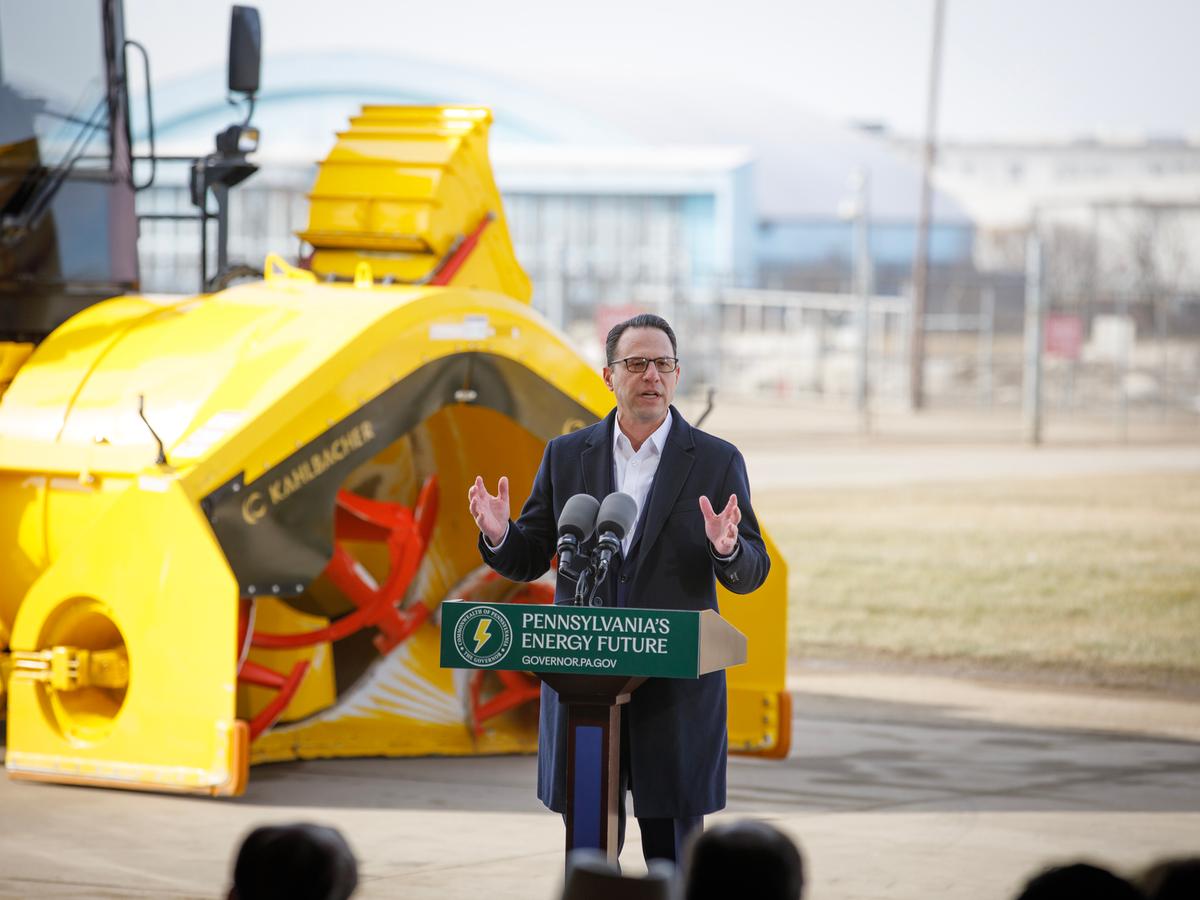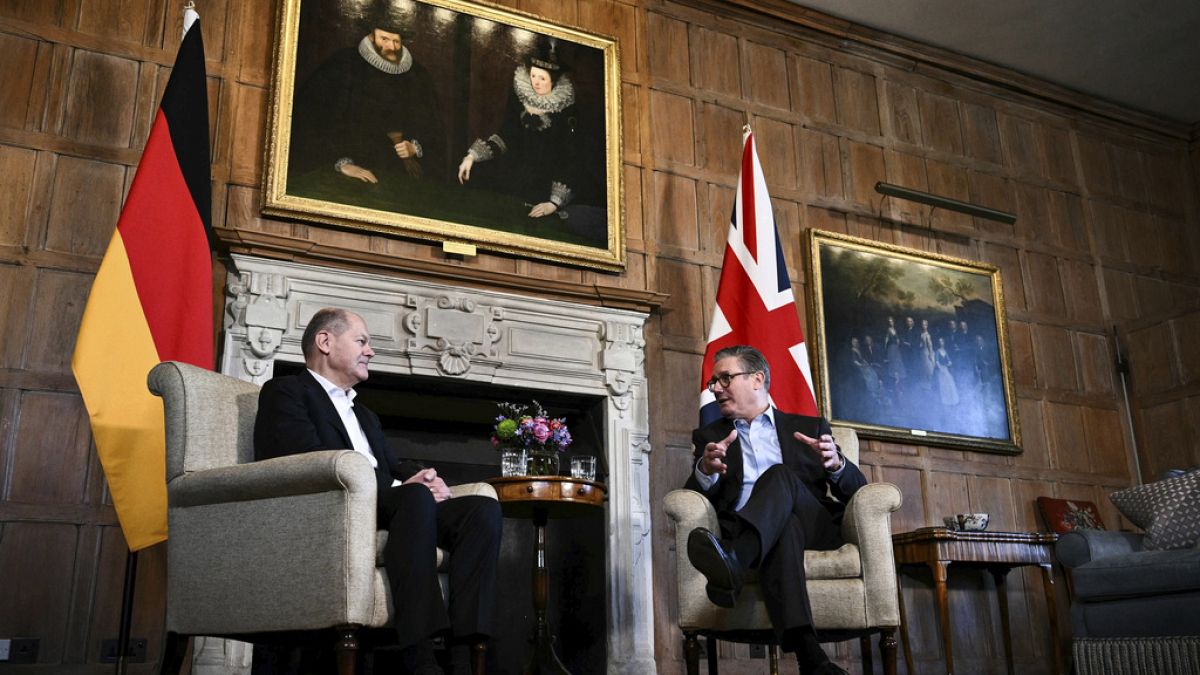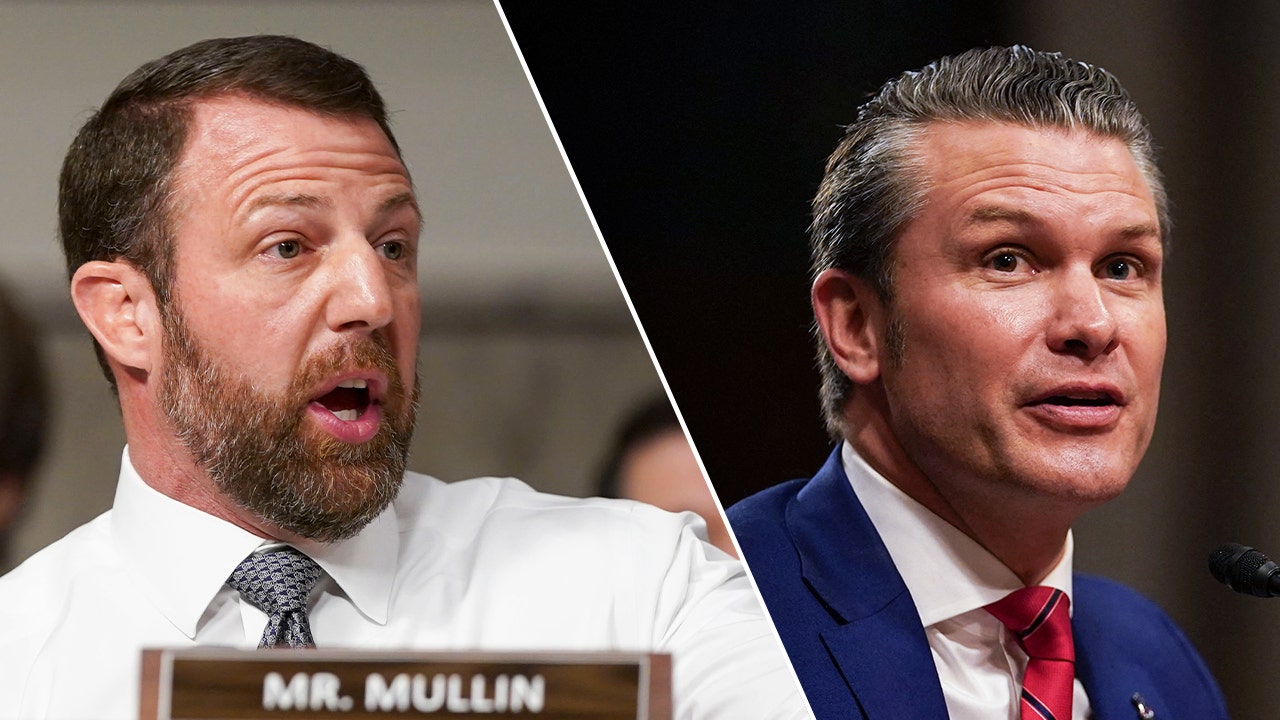Part of a continuing weekly series on Alaska history by local historian David Reamer. Have a question about Anchorage or Alaska history or an idea for a future article? Go to the form at the bottom of this story.
As of Feb. 2, it has been 100 years since Gunnar Kaasen drove a dog team into Nome with the medicine that saved lives and staved off a potential diphtheria epidemic. Famously, Balto was in the lead of that team, the dog that became a media sensation, so much so that reporters begged Kaasen into reenacting the entrance into town during daylight so that photographers could, more or less, capture the moment. It was the conclusion of the Nome Serum Run.
Thanks to the 1995 animated movie and countless other retellings, Balto lives on in the American psyche as the toughest of hero dogs. The historical accuracy of these accounts varies wildly, yet one thing is true. People know about Balto. Good Alaskans also know that Togo was the lead dog for the serum run’s longest and most dangerous leg. Less well-known is the aftermath, what happened to Balto and Togo in the following years. Certainly, no one present in Nome that day could have predicted that Balto would be the abused guest of a 10th-rate museum on a Los Angeles backstreet within two short years. Balto’s salvation and Togo’s quieter retirement are their own epic tales.
The backstory is well-repeated history and legend. In January 1925, several children in isolated Nome contracted diphtheria, a highly contagious bacterial infection that targets the respiratory system. The infection was usually treated with an antitoxin — a serum — made from the plasma of immunized horses. However, the isolated town’s only doctor was out of serum after a resupply order went unfilled with the onset of winter. Diphtheria victims can choke to death as infected tissue expands and blocks their airways. Throats fill with a grey mass, swelling as the patient asphyxiates. It is a nasty way to die.
Winter and a nasty approaching storm prevented planes from delivering the serum. Salvation was left to dog sled teams, the one viable method of transportation left. Leonhard Seppala, already a dog racing legend, was the first musher out. His beloved Togo, a husky named for a Japanese admiral, was in the lead. Seppala intended to travel the entire course on his own. After he left Nome, a relay system of relief drivers was organized. Over five and a half days, 20 drivers and 150 dogs traveled almost 700 miles in a relay race against time.
On Feb. 2, 1925, Balto led Kaasen’s team into Nome with the diphtheria serum. Kaasen, Seppala, and Togo suddenly became celebrities, but none were more famous than Balto. The Nome Serum Run was a massive national story in the early days of radio broadcasting. Romantic perceptions of Alaska, sick children, a frantic race through dire weather, and heroic dogs were a compelling combination. People around the country eagerly listened for the outcome. Cheers stabbed out across the country when the run was finished, wherever there were radios.
Within the month, Kaasen had signed a movie deal. Two months to the day after the conclusion of the serum run, Balto arrived in Los Angeles and was heralded as the greatest hero of the age. Mayor George Cryer welcomed Balto, Kaasen, and the rest of the dog team at city hall and presented Balto with the “bone of the city.” Actress Clara Horton placed a floral wreath around the dog’s neck. Multiple modern sources claim the actress was America’s sweetheart Mary Pickford, but contemporary accounts uniformly name Horton as the one at the scene.
Despite the Hollywood pageantry, the ceremony hinted at the future as the Alaskan visitors noticeably faltered in the spotlight. Garbed in heavy furs to maintain the far north mystique, Kaasen sweated profusely from the attention and warmer sun. Balto did not react to the wreath and only sniffed at the literal bone. The mayor repeatedly prodded him with little response. The notoriously corrupt Cryer, whose personal fortune mysteriously multiplied during his time in office, craved the positive publicity rub from the noble canine.
:quality(70)/cloudfront-us-east-1.images.arcpublishing.com/adn/LGHM5SVVCJFB3E3YWP34ND66MA.jpg)
In May, their first movie was released, the 30-minute short “Balto’s Race to Nome.” As Balto and his entourage toured the West Coast to support the film, a statue was announced for New York’s Central Park. Designed by Frederick Roth, the bronze sculpture was unveiled with Kaasen and Balto in attendance on December 15, 1925. As the New York Times noted, Balto was “unmoved” by the spectacle.
That heady spring of 1925, with its movie shoots and tours, represented the peak for Balto, his driver, and the team. After the statue was dedicated, Kaasen returned to Alaska, discouraged by the lifestyle Outside and disagreements with his producer. There would be no second movie. The dogs were sold to a different promoter, who took them on another round of touring. But all glory eventually fades, and by the end of 1926, Balto and the remaining dogs from the team had been sold again and were the property of a shabby Los Angeles dime museum.
:quality(70)/cloudfront-us-east-1.images.arcpublishing.com/adn/MWKNEWHBSVBBFAYGLAONLQ2NGM.jpg)
For several months, Balto and his team were chained in a backroom. Once kings of the Alaska trails, the only time the dogs saw the sun were the brief visits to an alley for their “daily dozen.” No exercise. Snow was a fading memory. Per the Oakland Tribune, “There probably was never a more dejected, sorrowful looking lot.” The Oakland Post-Enquirer declared, “There is a bronze statue of Balto in Central Park, New York, in commemoration of his great feat. But he and his dog companions are living a bleak existence here.”
Cleveland businessman George Kimble visited Los Angeles in February 1927 as attention to the dogs’ plight peaked in the local press. He happened upon the museum and was disgusted by the sight of Balto and his team chained to a sled inside a cage. Right away, he offered to buy the lot. He just needed $2,000, about $35,000 in 2025 money, to complete the purchase and transport the dogs to their forever home in Cleveland. There were two problems. Kimble didn’t have anything like that kind of cash at hand and had just two weeks to raise the funds.
:quality(70)/cloudfront-us-east-1.images.arcpublishing.com/adn/HU5CRIKCIRCRZGVOTRXHOHGEE4.jpg)
Kimble directed a plea for support back home, and a Cleveland Balto Committee was instantly formed. Kimble told the Cleveland Plain Dealer, “There should be enough dog owners and public minded citizens in Greater Cleveland to subscribe a dime apiece to bring these heroic dogs here.” Committee chair James B. Ruhl said, “It is a humane cause. It is an educational cause. Cleveland boys and girls will have probably the most heroic dog in history here as an example of dog life and man’s companions in the northlands.” Park Director Frank Harmon promised the dogs would become pampered residents of the Brookside Zoo.
The campaign went public on March 1, 1927. Within 24 hours, more than $200 was raised. A day later, they were up to $306. The day after that, it was $679. Models in fur coats drove around town with a placard: “Bring Balto to Cleveland!” Small, polite offerings gathered like the first claps after a performance. They poked and prompted each other until there was a great din of thunderous applause. On March 5, the count was at $1,111.
:quality(70)/cloudfront-us-east-1.images.arcpublishing.com/adn/W5JJETDTK5GDJH6WO2ZEYDLH6I.jpg)
Radio stations in New York and Detroit picked up the story and amplified the call for donations. One response came in from Japan. Children sent their pocket change. Patients in hospitals gave what they could. Some gave a penny. One person gave $100.
Polar explorer Roald Amundsen reached out to the Plain Dealer. He wrote, “Your Balto campaign has my highest sympathy. Having done nearly all my polar work assisted by these faithful dogs, my heart is quite naturally with them … Do what you can for these brave dogs and secure them a bright future. They certainly deserve it.”
On March 7, they reached $1,382 but were running out of time. The Cleveland option to buy Balto and the rest of his team was set to expire on March 9. For the sake of their bid, the publicity had been a double-edged sword. Contributions continued to pour in, but other groups, organizations with ready funds, expressed interest in purchasing Balto. As of March 8, the total stood at $1,517; they needed another $500, or the effort was lost.
Clevelanders went to sleep on the 8th with uncertainty but awoke to the best of news. With a burst of generosity, the goal was surpassed that very morning. At the end of the day, they had collected $2,245.88, with more offerings still coming. Payment was rendered at noon, and the dogs were immediately crated and shipped east.
:quality(70)/cloudfront-us-east-1.images.arcpublishing.com/adn/CK7OHA2WHVH47FWCJT7YNSUN7A.jpg)
The reasonable modern Alaskan will wonder, where were the contemporary Alaskans in all this? Largely absent and unaware until the entire incident had passed. The slow passage of news north meant that most Alaskans heard of Balto’s transfer to Cleveland after the fact. There had been no real time for Balto’s dreadful existence at the Los Angeles museum to garner any real attention or support in Alaska. Still, the Seward Daily Gateway expressed something like sour grapes when they described Balto and his teammates as “inmates of Cleveland zoo.” Of course, there was no zoo in Alaska then and wouldn’t be for another 40 years.
Balto arrived in Cleveland on March 19. He was accompanied by six serum run teammates: Alaska Slim, Billie, Fox, Old Moctoc, Sye, and Tillie. The other six dogs from the team had previously passed or been sold off. In a parade through town, the dogs once again pulled a sled, albeit in rain, not snow. Still, the once stoic Balto who spurned movie starlets, politicians, and all other pomp now eagerly pulled in his harness. Thousands attended, in a throng lining the road five people deep. Songs supposedly popular in Alaska were sung. And they even dug up a few former Klondike gold rushers who took turns at the sled. Around 15,000 people visited the zoo on the first day of the dogs’ residence.
Mission accomplished, the dogs reportedly settled into their retirement with ease, their pen a frequent stop for locals and visitors alike. Balto passed in 1933. He was 11 to 14 years old, depending on which source you want to believe. By then, Alaska Slim, Billie, Fox, Old Motoc, and Tillie were already gone. Sye, the last of Balto’s 1925 team, died in 1934 at the age of 17.
:quality(70)/cloudfront-us-east-1.images.arcpublishing.com/adn/PLGH5FHSQ5AFLDDCQZZLTXTXBQ.jpg)
While Togo received a decent amount of praise and commendation after the serum run, he was nonetheless overshadowed by Balto, much to Seppala’s dismay. The Norwegian musher bred, named, raised, and trained Balto but did not race with him. Of the Central Park statue, Seppala wrote in his memoir, “I resented the statue to Balto, for if any dog deserved special mention, it was Togo.” He more generously noted, “I hope I shall never be the man to take away credit from any dog or driver who participated in that run” but maintained that Balto was only a “scrub dog.” Seppala would have also resented Anchorage’s Balto Seppala Park, which was developed several years after his death.
At the least, Togo enjoyed a more straightforward and relaxing retirement. Seppala, Togo, and a full herd of other dogs launched their own national tour in 1926. In 1927, Seppala was racing and winning in New England. When he had to return to Alaska later that year, Togo stayed in Maine with Elizabeth Ricker, with whom Seppala had opened a kennel. Over the next two years, Seppala traveled back and forth, maintaining the connection between the things he loved most, his wife and home in Alaska and Togo in Maine. By late 1929, Togo was mostly blind and pained by his joints. On Dec. 5, Seppala put Togo to sleep. The great dog was 16 years old.
For Seppala, it was just a break from each other. Decades later, approaching his own end, he wrote in his journal, “While my trail has been rough at times, the end of the course seems pretty smooth, with downhill going and a warm roadhouse in sight. And when I come to the end of the trail, I feel that along with my many friends, Togo will be waiting and I know that everything will be all right.”
• • •








:quality(70)/cloudfront-us-east-1.images.arcpublishing.com/adn/W5JJETDTK5GDJH6WO2ZEYDLH6I.jpg)
:quality(70)/cloudfront-us-east-1.images.arcpublishing.com/adn/TUMTITCHI5GSJFKXU3SCGTQFTE.jpg)






















